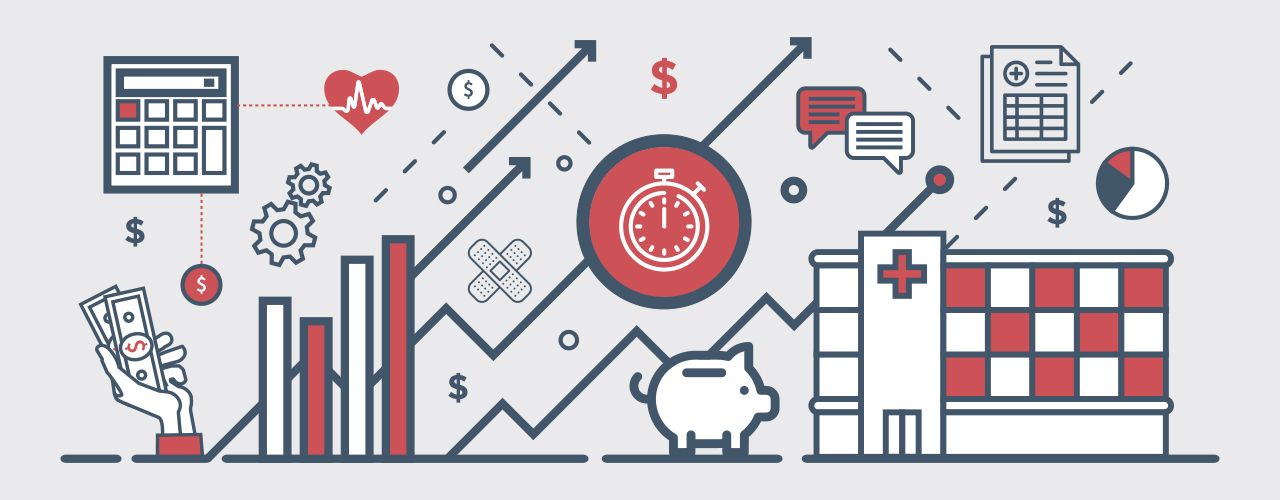Pricing strategy “thought starters”, part three: urgent care
Urgent care pricing strategy is all about removing barriers
Healthcare consumers are getting value-savvy. They’re shouldering more of the burden of healthcare costs and, as such, they want to know what they’re getting for their money. Providers must be ready to answer this kind of question, and the smartest providers will lean on the right pricing strategy as a first-line solution to many questions.
We’ve been exploring pricing strategies in a three-part blog series. In previous posts we’ve looked at strategies for elective surgery and primary care. This is the third and final installment of the series, in which we’ll look at pricing strategy for urgent care. We’ve also covered the reasons why pricing strategy is so important in our ebook, Mindset Reset: How the cost of healthcare is your biggest brand opportunity. Let’s have a look at the urgent care model from a pricing strategy perspective.
What’s unique about urgent care?
Healthcare insiders see urgent care as a cost-effective option. From inside the industry, it certainly looks that way. After all, the average urgent care visit costs between $50 and $150, much less than the median cost of an emergency room visit, $1,233 (2013) (source).
But consumers have a different frame of reference. To them, that $150 urgent care charge could purchase a week of groceries, two weeks of gas, or a month of cable and internet service. The unexpected nature of an urgent care visit makes it feel a lot more like a surprise car repair than a sensible cost savings.
Providers who find ways to make these surprise costs a little less shocking stand to build brand preference, loyalty, and win new customers.
Pricing strategies to consider
Subscriptions
Urgent care and insurance share a few characteristics. One is that they both help people when unpredictable things happen. Consumers understand this, and they know that their monthly insurance premiums buy them a sense of safety when disaster strikes.
Urgent care could be priced similarly. Imagine a reasonable monthly fee that covers the most commonly treated urgent care scenarios. It’s outside-the-box thinking, but precedents exist both inside and outside the healthcare industry. Capsule, eHealth, and even some of our more forward-thinking clients are leveraging subscription models for some of their services.
No fee for base service
Most people who experience a new health issue ask themselves a key question before they seek care. It’s a simple question, but one they mull over for hours or even days, before presenting at a physicians office.
What is this question? Plainly, they ask “Is what I’m experiencing serious enough that I should seek care?” One of the reasons they ask this question is because they fear incurring a cost if there’s nothing truly wrong. They know that just seeing a provider, whether treatment is applied or not, will trigger a bill.
Free consultations could assuage this fear. Instead of charging from the moment a patient is seen, charges could begin once treatments are first applied. It’s a radical shift, but there are at least two ways it could be a net win. First, the lower financial risk is likely to win you some new patients. There’s one fewer reason to keep them from coming to see you. Second, a portion of the patients who come in will require treatment. That’s revenue you didn’t have before. Building the operational structure efficiently would make it even more likely to generate profit.
What’s next
These ideas are just a few thought-starters to help providers think in new ways about pricing their services in a way that’s attractive to patients. For more ideas to help your organization survive as the cost of care grows, check out our ebook, Mindset Reset: How the cost of healthcare is your biggest brand opportunity, or book some time to talk to us here.

